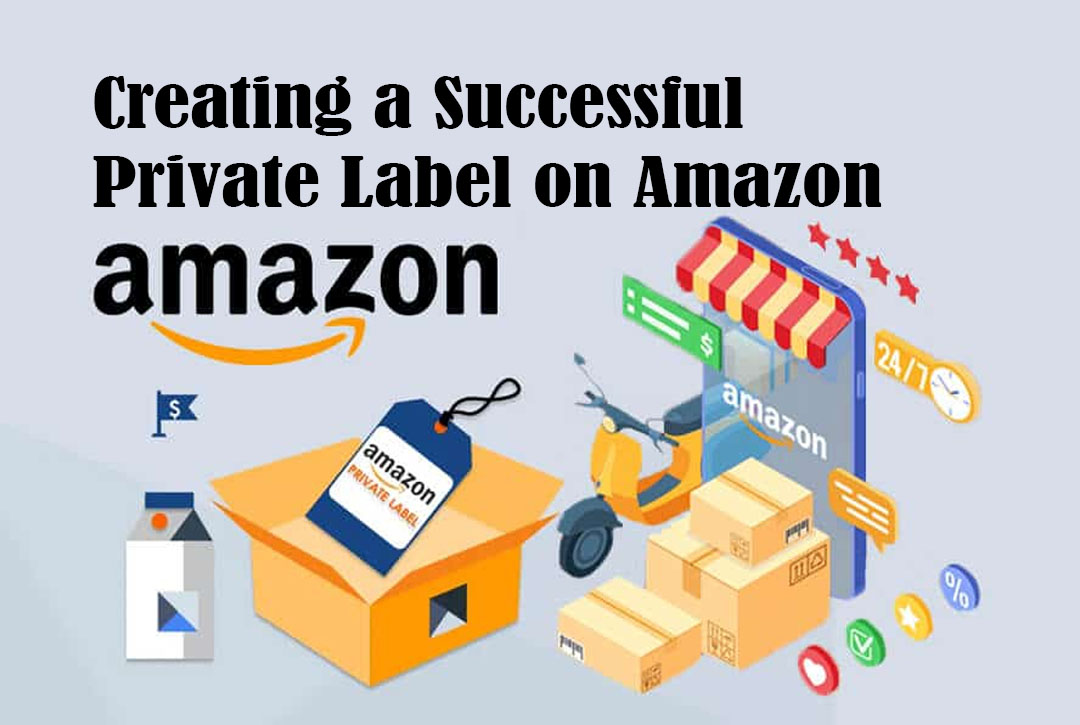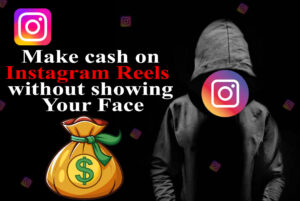Outline
Presentation
Recognize the non-public Label commercial enterprise model
Behavior In-intensity Product studies
Discover a reliable producer
Create a robust logo identity
Construct an ever-changing Amazon list
Release and promote strategically
Reveal, enhance, and Scale
Ending
Growing a successful personal Label on Amazon: A Step-by-Step manual
Presentation
Amazon has converted the panorama of retail, opening up opportunities for marketers to build thriving e-commerce agencies without ever touching stock. One of the most powerful strategies to leverage Amazon’s platform is to develop a private label logo. Personal labeling lets sellers rebrand current familiar merchandise, personalize it, and sell it below their own brand name, often with healthy earnings margins. But constructing a successful personal label on Amazon isn’t as clean as slapping a logo on a product. It calls for method, persistence, and savvy execution. Private Lable
Recognize the non-public Label commercial enterprise model
Personal labeling involves sourcing a general product from a manufacturer, branding it as your own, and selling it regularly with slight customizations on marketplaces like Amazon. The appeal lies in emblem manipulate the ability to distinguish, and higher long-term earnings potential as compared to reselling name-logo products.
But it also includes upfront funding, product studies, and marketing. You’ll want to suppose like both a product developer and a marketer. Private Lable
Behavior In-intensity Product studies
Your fulfillment starts off evolved right here. Many personal label dealers fail because they choose the wrong product. You’re now not looking for a product you adore — you are seeking out a product clients want, with the right market situations. Private Lable
Search for:
- Low to medium opposition with room to improve
- Regular demand (take a look at high-quality vendor Rank traits)
- profit margins of at least 30%
- No felony or safety concerns
- Lightweight and easy to deliver (ideally under three lbs)
Be aware of client critiques on current listings to discover unusual lawsuits — these are opportunities so that one can enhance and differentiate.
Discover a reliable producer
Once you’ve selected your product, it’s time to supply it. Alibaba is the move-to platform for locating private label producers, even though different directories like international sources or Thomas Net are well worth checking too.
While contacting providers:
- Ask for product specifications, minimal order portions (MOQs), and lead times.
- Request samples earlier than committing.
- Discuss customization options — even small tweaks can make your product stand out.
Negotiate pricing, especially if you’re ordering in bulk, and ensure the manufacturer can produce consistent, high-quality products over the years. Verbal exchange is prime. An amazing supplier has to reply directly and be open to bthe est management measures.
Create a robust logo identity
Branding is what units your private label apart. It builds consideration, drives consumer loyalty, and commands better fees.
You’ll want:
- A memorable brand name
- A professional logo
- Consistent packaging layout
Remember trademarking your emblem and enrolling in the Amazon Emblem Registry. This gives you get right of entry to more desirable advertising and marketing tools like A+ content and backed brand advertisements — huge advantages in a crowded market.
Construct an ever-changing Amazon list
Your list is your storefront. You need to make it compelling and conversion-focused.
Optimize each part of the listing:
- Identify: encompass the number one key phrases but preserve it readable.
- Pictures: Use high-resolution pictures that exhibit product functions, lifestyle shots, and info graphics.
- Bullet points: spotlight blessings, now not just capabilities.
- Description: Use storytelling and seo to have interaction and tell.
- Backend watchwords: Maximize your accomplishments through counting significant look phrases.
The purpose is to deliver high-quality, accept as true with, and timely content within a few seconds of a patron landing on your page. Private Lable
Release and promote strategically
- Even a satisfactory product won’t promote itself at the start. A properly deliberate launch is critical.
- Use Amazon % (Pay-according to-click on) advertisements to power initial visibility.
- • offer time-restrained reductions or coupons to encourage early earnings.
- Keep in mind using outside traffic sources like influencer marketing, TikTok, or email campaigns.
- Ask happy buyers for reviews (inside Amazon’s TOS) — social evidence is critical.
The early days are about constructing momentum. Watch your metrics carefully and alter commercials, keywords, or pricing as desired.
Reveal, enhance, and Scale
Once income is rolling in, don’t get complacent. reveal your metrics daily: conversion charge, ACOS (advertising fee of Sale), returns, and purchaser remarks.
Iterate based on overall performance:
- Enhance your listing content material and pictures.
- Check one of kind pricing techniques.
- Introduce product variations (colors, sizes, bundles).
- Expand to different marketplaces or Amazon regions.
As your brand grows, don’t forget launching complementary products to build a catalog. A a success non-public label often will become a complete-fledged emblem with loyal customers and long-term equity.
Ending
Constructing a successful personal label on Amazon is a combination of artwork and technology. It needs smart product picks, consistent branding, and data-driven decision-making. While it’s not a get-wealthy-short scheme, individuals who place in the attempt can create scalable companies with strong profit capability, frequently without ever handling a single field.
Begin small, assume long-term, and keep studying. Amazon evolves constantly, but the fundamentals of proper product research, branding, and customer support never go out of favor.
FAQs
Q:1. What is a non-public label on Amazon?
A: A private label on Amazon refers to promoting a product manufactured by a third party, however,r branded and packaged under your own brand name.
Q:2. How does it feel to begin a private label on Amazon?
A: beginning a private label on Amazon commonly fees between $2,500 to $5,000, masking product sourcing, branding, packaging, delivery, and initial advertising and marketing.
Q:3. How do I locate a high-quality product to label on Amazon?
A: Use tools like Helium 10 or Jungle Scout to investigate demand, competition, and profit margins. look for low-competition, excessive calls for products with room for development.
Q:4. Is personal labeling on Amazon profitable?
A: Yes, non-public labeling may be particularly profitable when completed properly, presenting 30% or better earnings margins, logo management, and lengthy-time period scalability.
Q:5. Do I want a hallmark for my non-public label emblem on Amazon?
A: You don’t want a hallmark to start, but it’s endorsed. A registered trademark helps you to join the Amazon Emblem Registry for stronger logo protection and advertising equipment. Private Lable




